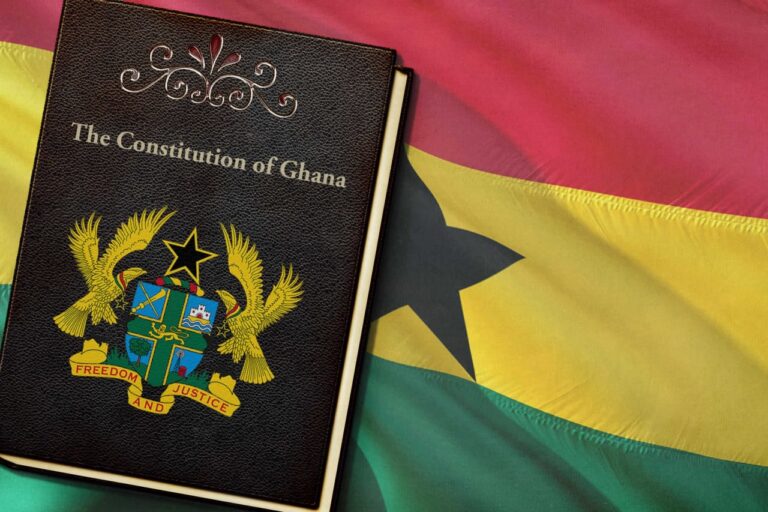Lecture by Freedom Legend Halima Halliru on FEMALE GENITAL MUTILATION (FGM). (February 2022)
The term FGM refers to the partial or complete removal of the external female genitalia for reasons other than medical ones. The practice is believed to have started before the advent of Christianity and Islam.
FGM is most common in the North-eastern and Western regions of Africa.
PREVALENCE
According to WHO and UNICEF over 200 million females have experienced a form of FGM. In Africa it is believed that approximately 92 million girls, aged 10 years and over, have undergone FGM. Approximately 3 million girls in Africa are thought to undergo FGM each year.
TYPES OF FGM
-
- Clitoridectomy: Here the clitoris is partially or completely removed. The clitoris is the most sensitive erogenous zone of a woman and the main source of her sexual pleasure.
-
- Excision: Here the clitoris and labia minora are partially or completely removed. The labia minora are the smaller inner lips surrounding the vagina.
-
- Infibulation: Here the vaginal opening is narrowed with the labia minora and labia majora cut and repositioned to create a covering seal over the vagina.
-
- Others: Includes piercing, incision, scraping, and cauterizing the genital area of a female without any medical indication for doing it.
Note: Most FGM are done under unsanitary conditions and with no anesthesia used.
- Others: Includes piercing, incision, scraping, and cauterizing the genital area of a female without any medical indication for doing it.
COMPLICATIONS
-
- Severe pain leading to loss of consciousness and post traumatic stress disorders
-
- Bleeding which can lead to death
-
- Infection which can lead to death
-
- Open sores and deformation of the female genitalia which can lead to depression
-
- Urine retention which can lead to kidney failure and death
-
- Recurrent Urinary Tract infections which can lead to kidney failure
-
- Infertility leading to depression
-
- Psychosexual problems leading to family discord and divorce.
-
- Sexually transmitted diseases eg HIV
-
- Childbirth complications that can lead to death of both mother and child.
REASONS FOR FGM
None of the major religions prescribe FGM. Culturally it is done in places with low level of literacy. In some cultures it is believed to show a girl who has undergone it as decent and most likely a virgin. In some places, women who did not undergo FGM are seen as unclean and not allowed to handle food and water given to guests. While in some cases it is believed that an uncut clitoris can grow to the size of a penis. Some cultures believe it prevents the woman from becoming promiscuous. All these have been proven to be scientifically wrong and so the need for enlightenment is the most powerful tool towards the fight of FGM. Enlightening the populace will have more positive influence towards discouraging this practice more than banning it.
A HUMAN RIGHTS ISSUE
Most countries consider FGM a violation of children rights and woman human’s rights due to the fact it is actually a form of torture resulting in extreme pain and possibly leading to death in a lot of cases. In 2012, the United Nations adopted a resolution banning FGM worldwide and urged health personnels not to carry out the procedures under any circumstances.
AFRICAN VOICES INTERNATIONAL, FREEDOM IN AFRICA


















